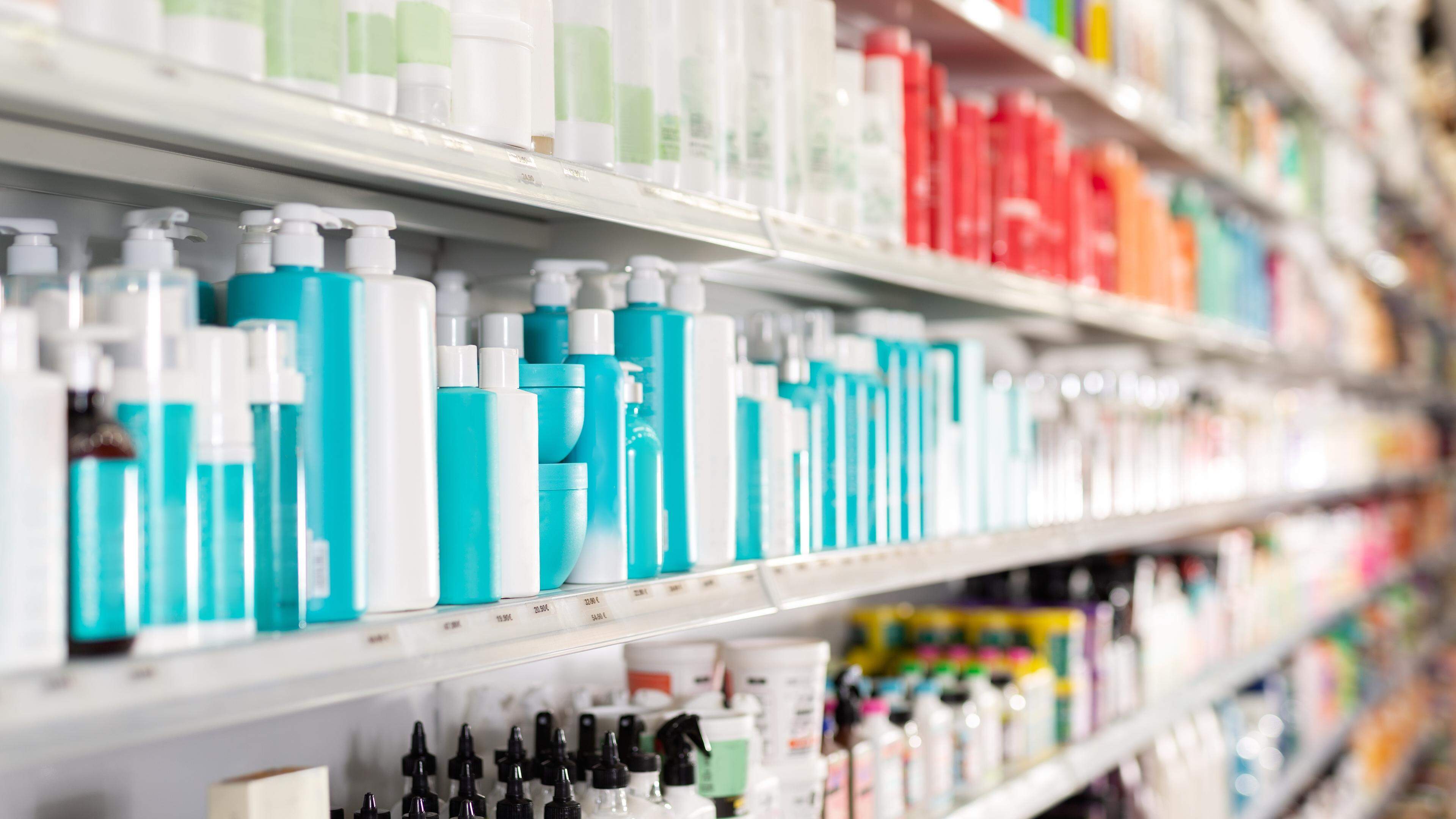Most warning messages for risk products concern cosmetics

With 4,137 EU-wide warning reports registered in 2024, the European Rapid Warning System Safety Gate broke all records to protect consumers from dangerous products. This is the result of the European Commission’s annual report.
Most of these warnings affect cosmetic products at both European and Luxembourg level: 36 percent in Europe and even 79 percent in Luxembourg. Absolutely speaking, the value with 19 issued warning messages is a relatively low number, but still remarkably high in view of the size of Luxembourg.
Control system introduced 2001
The Safety Gate system, which was set up in 2001, is intended to prevent non-food products from being placed on the market with the exception of drugs that pose a danger to human health and security. The dangers include suffocation, strangulation, hearing or visual damage as well as dangers from chemical products.
The system, which is available 24 hours a day and 365 days a year, enables the national authorities of the member countries to exchange information about dangerous products that they have found in their national markets.
197 follow -up measures in Luxembourg
The increase in warnings that have doubled compared to 2022 reflects « the increased efforts of all national market surveillance authorities to enforce the legal provisions », according to the Commission.
And while Safety Gate aims to report dangerous non-food products and take measures against you, the system also enables other authorities to act quickly. You must therefore monitor the warnings set in the system and check whether the product, which is classified as dangerously in another country, is also offered for sale in your own country.
In 2024, 4,279 of these follow -up measures were validated and published in the quick warning system. In this context, 197 follow -up measures were taken in Luxembourg, far more than in Germany or Belgium (174 or 29) and at a similar level as in France (199).
BMHCA in cosmetics
About 97 percent of warning reports on cosmetics affect a chemical risk: they contain BMHCA (butylphenylmethylpropional or lilial, according to the trade name), a synthetic fragrance that is widespread in different types of cosmetics. BMHCA, which has been banned in the EU since March 2022, can damage the reproductive system and cause skin irritation.
According to cosmetics, the products with the greatest health risks in Europe are toys (15 percent), electrical appliances (ten percent), motor vehicles (nine percent) and chemicals (six percent). In Luxembourg, motor vehicles and protective equipment according to cosmetics are the greatest risk (eleven percent).
Dangerous chemical substances in products
What are the risks of these different products? In the cosmetics, most of the warnings affect the existence of dangerous chemical substances (49 percent in Europe, 53 percent in Luxembourg): BMHCA in cosmetics, for example, but also cadmium, nickel and lead in jewelry or synthetic chemicals that are used to soften plastics in certain pieces of clothing.
« We pick up the TFA chemical every day » – also through Luxembourg wine
Chemical fabrics can also be contained in steam fluids or toys, but also in electronic devices: This applies, for example, to lead in soldering agents or short -chain chlorine paraffins (SCCP) in cables.
Toxic substances for the environment
Such products are not only a danger to human health, but also for the environment, since they are already poisonous for water organisms in low concentrations and accumulate in wild animals and people.
In addition to the dangerous chemical substances, the warnings often also affect violation risks (14 percent in Europe, 21 percent in Luxembourg). These range from accidents with motor vehicles to child care items or toys that do not adequately protect children from falling or injuries.
Online sales are now in sight
The European legal regulations on general product security had to adapt to the changed market conditions and purchase habits, such as online shopping. Against this background, a new regulation has been in force since the end of 2024: In the future, all products sold online or offline will have to be safe, regardless of their origin.
Recently, an agreement was even reached to make toys more secure: In the future, all toys will be given a digital passport to prevent dangerous toys from being sold online or offline.
(This article was first of Virgule published. Translation and editing: Jeff KARIER).








